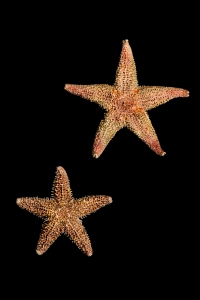I think that the joys and frustrations that we experience as photographers are common to many of the creative arts, whether they are the visual arts, literature or music. Having said that, it is remarkable how many photographers have a background in music. Ansel Adams had intended on becoming a concert pianist before photography interceded. He must have been drawing on this background when he said that ‘The Negative is the score, The Print is the performance’. I’ve heard or read this quote a number of times and when I came across it most recently I wondered how far this musical metaphor could be pushed.
If we stay with Ansel for a moment, he also said that 12 masterpieces in a year would be a good crop. This would be similar to a rock band or recording artist coming up with a new album in a year. Of course to get to that new album the band may have tried out a few new songs with the audience on their last tour (similar to how we get feedback on comments by posting on Flickr, Blogs or other websites) before secluding themselves in a recording studio to come up with the final album.
The process of recording the album would then start by weeding out the songs that have been written with the album in mind that are either weak or that don’t fit well with the other keepers. This is very much akin to the process that one might go through to develop a strong new portfolio. To do that we review collections of our images to ensure that the images all support the portfolio theme and are of equal quality.
Our fictional band aren’t in the studio alone, they are working with a producer. The role of the producer can vary, but at best the producer is the there to make sure that the band come up with the best album that the band is capable of producing. For many of us this role is played by a mentor, but could also be from feedback we get from gallery owners or show juries.
The ability to come up with songs of any worth at all is underscored by commitment to practice. It’s expected that musicians will practice everyday for a few hours, whether it’s scales, riffs or a whole new song. So how do you practice your photography? We should work with our cameras until we understand every function inside and out, so that we can change any function of the camera without taking our eye from the viewfinder. This only comes through regular use – daily practice. So get all your gear out and play with it!

A number of issues have been limiting my ability to get out and photograph – principal among these has been the fact that the weather has been shocking recently. While this can result in very dramatic light it can also mean no obvious sunrises, grey skies and flat light. My response to this has been to find subjects around the house that I can work on. I’ve started making a series of photographs of things that I find when I’m at the beach – ‘Beach Artifacts’. The image here is the first of these, a pair of starfish that had washed up after the recent storms that passed through the area.


